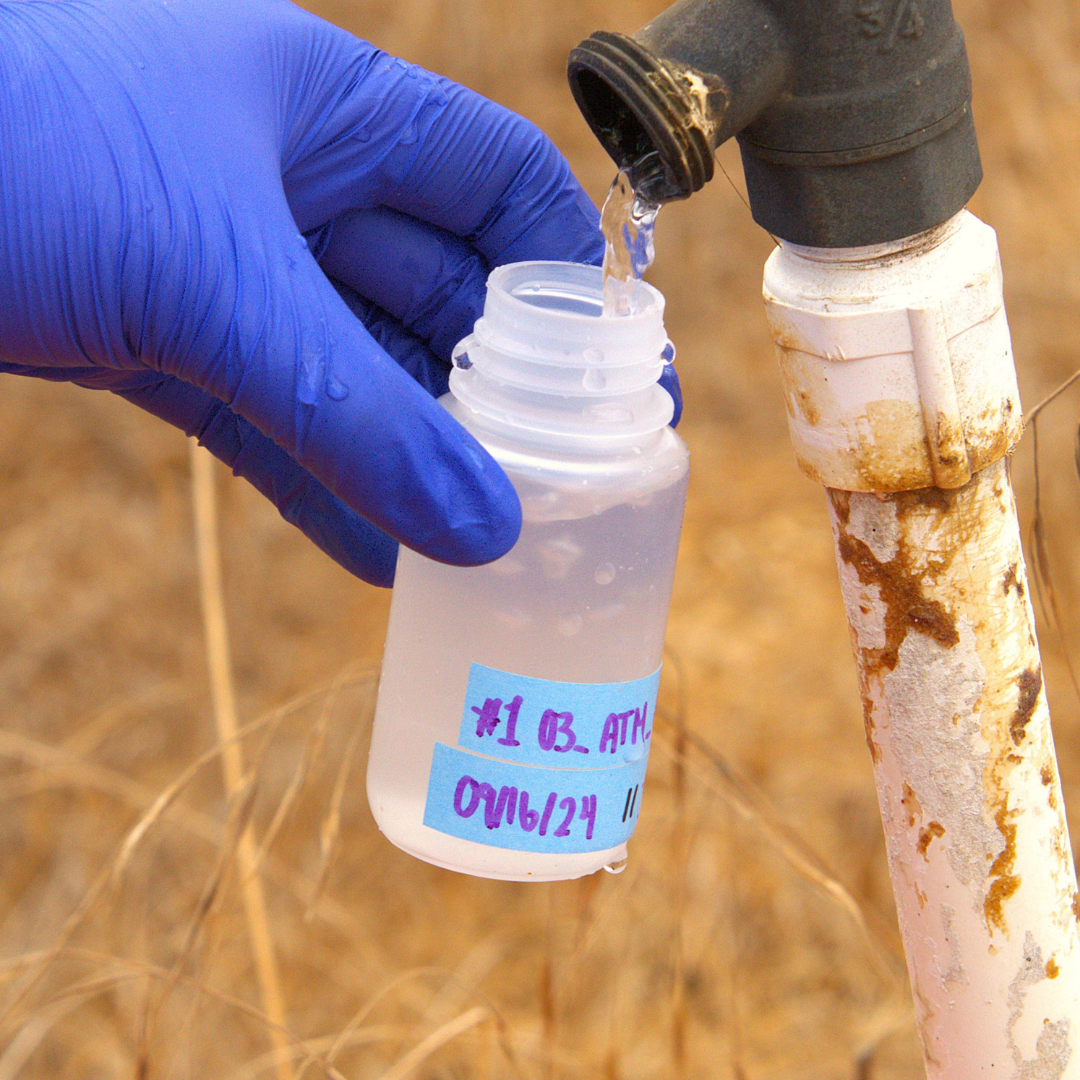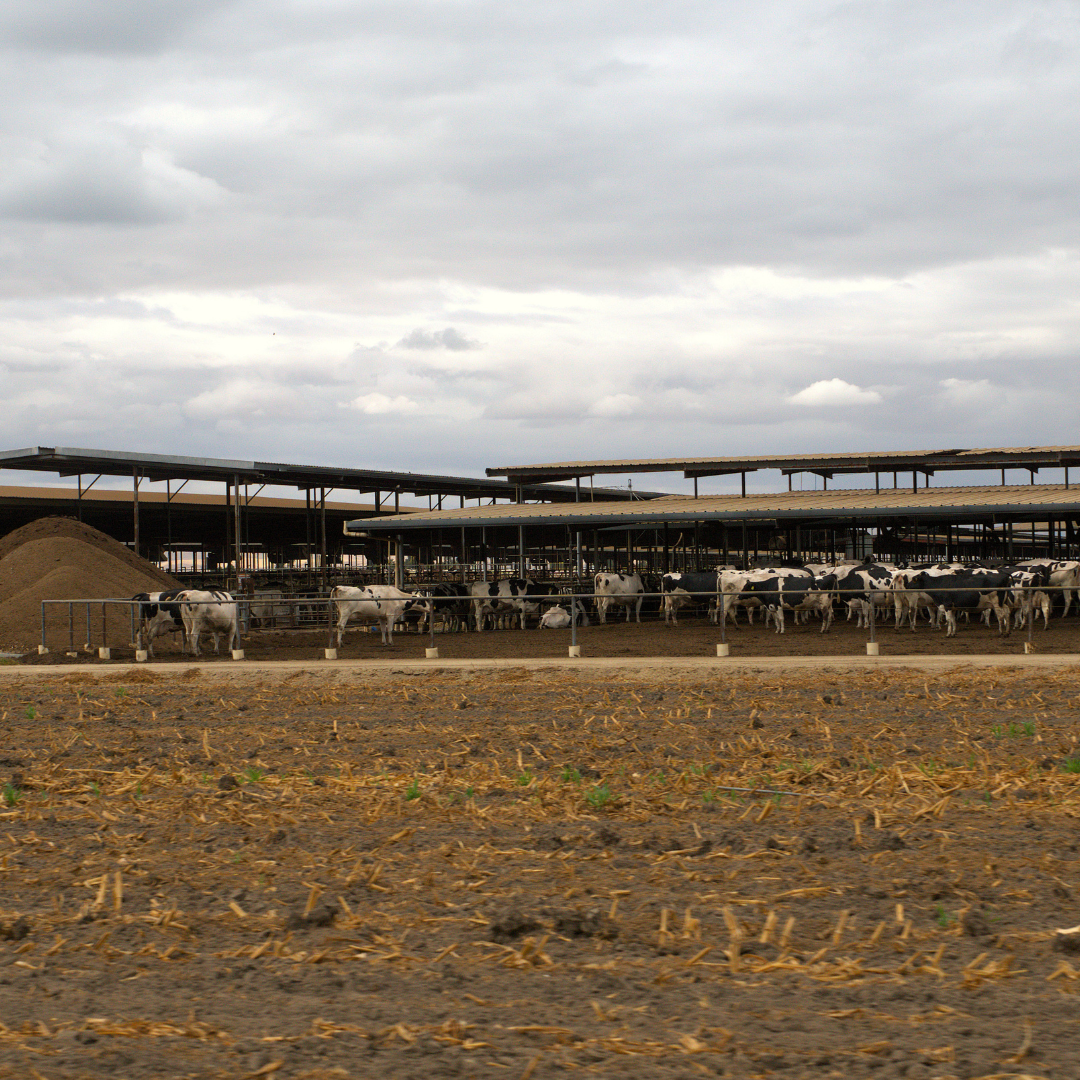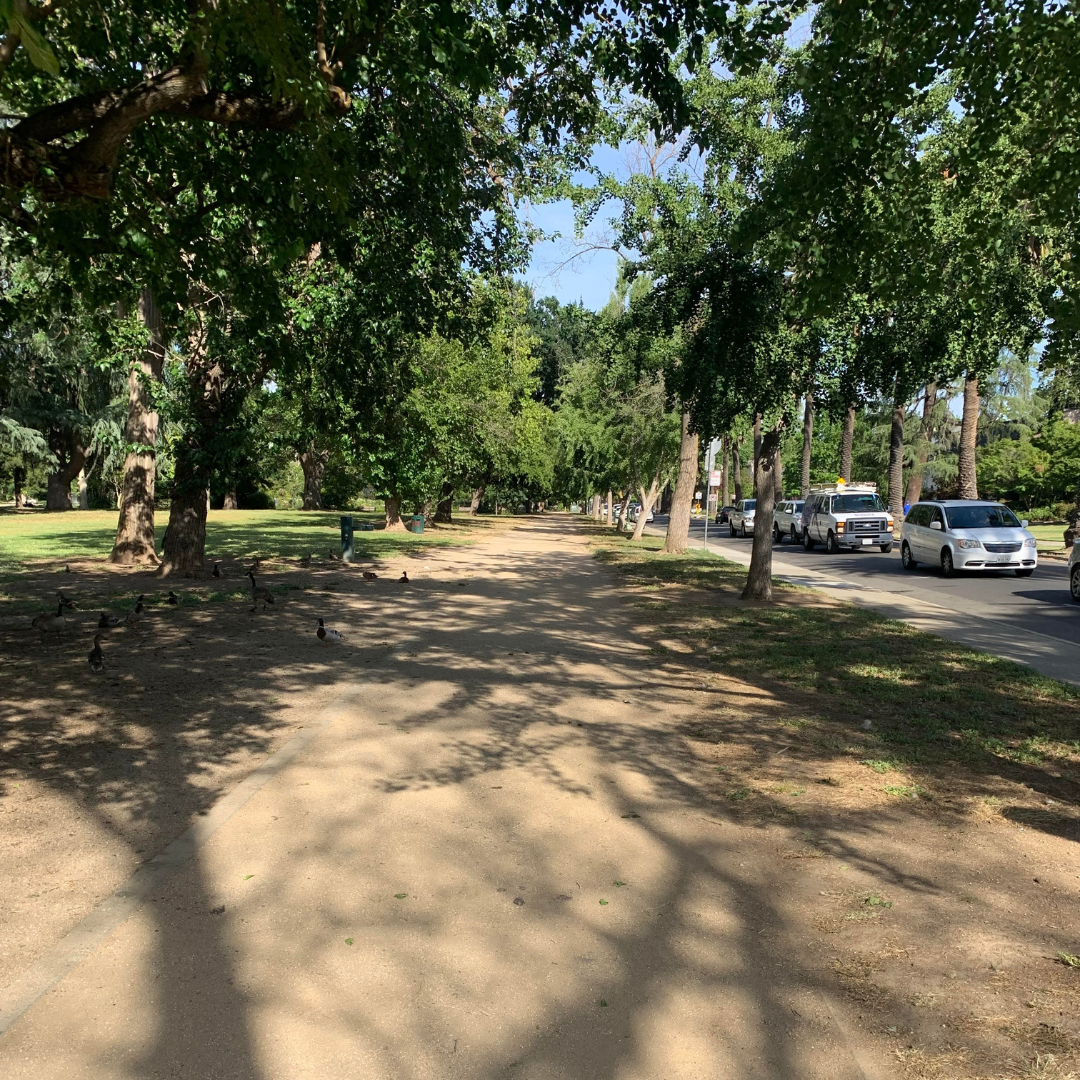In the Central Valley, many unincorporated and disadvantaged communities are reliant on groundwater from shallow domestic wells for drinking water. Many of these domestic wells are in areas where groundwater contamination is prevalent, yet they are sparsely monitored, and often the water consumed from them is not tested for safety or filtered for contaminants. In addition, shallow wells are the first to run dry during times of drought and or high pumping, when water tables decline. The combination of water contamination and lack of water results in a situation where up to 1.3 million residents in the Central Valley are not beneficiaries of the human right to safe, clean, affordable, and accessible water, a right adopted by California in 2012. The contaminants most frequently identified by well sampling throughout the Valley are nitrate, arsenic, manganese, 1,2-Dibromo-3-chloropropane (DBCP) and Trichloropropane (1,2,3-TCP). Currently, patterns of water contamination extent, intensity and spatial and temporal trends are not well understood, in large part because the relevant data has not been systematically collected. Our work seeks to identify the patterns that emerge from available data, identify where gaps in our understanding exist, and advocate for data collection and analysis that supports policies aimed to ensure equitable access to safe and sufficient water for all communities.
The Central Valley has a unique human and environmental geographic landscape. It stretches from the foothills of the Cascades and terminates near the Tehachapi Mountains in the south. The Central valley’s rich soils yield over 17 billion dollars a year in gross domestic product through the production of over 265 agriculture crops - including grapes, nuts, and citrus. While the Central Valley is one of the most agriculturally and economically productive regions in the world, many of the individuals that make that wealth possible live in poverty and are subject to multiple climate/environmental justice issues other than contaminated groundwater. Despite being less than 1% of the total farm area of the United States, the Central Valley produces nearly 25% of the United States food supply, mostly using intense industrial agricultural practices. Many of the crops grown in the Central Valley require intense irrigation, as the growing season aligns with the summer dry season in California and many parts of the Central Valley receive less than 10” of rain annually - less than many parts of the four major US deserts (Chihuahua, Great Basin, Mojave, and Sonora). The high water demand falls on the shoulders of the Central Valley aquifer which over time has seen substantial water table declines as well as land subsidence.
In addition to concerns around water, the Central Valley is also subject to extreme heat and poor air quality, both of which are exacerbated by climate change. The Central Valley consistently has the poorest air quality readings in the country with high values common in ozone and particulate matter (PM) 2.5. Not surprisingly, asthma rates in the Central Valley are amongst the highest in the state. Lack of shade and extreme heat also disproportionately impact agricultural workers throughout the summer The combined pollution and extreme climate burdens impact the same communities that have limited access to safe drinking water - making the need to address all environmental justice issues in the Central Valley all the more urgent.

Leads: Iris Stewart-Frey, John Dialesandro, Marisol Aguilar, Erin Noel, Nick Jensen
Students: Samantha Lei, Lilah Foster, Erica Svendahl

Leads: Iris Stewart-Frey, Marisol Aguilar, Jake Dialesandro, Nick Jensen, Thalea Gastelum, Erin Noel
Students: Samantha Lei

Leads: Iris Stewart-Frey, Jake Dialesandro
Students: Sarah Movahedi

Leads: Iris Stewart-Frey
Students: Eliza Steenrod
Image Source: https://www.ppic.org/publication/groundwater-recharge/

Leads: Iris Stewart-Frey, Jake Dialesandro
Students: Samantha Lei, Elyse Kenyon, Stephanie Davis, Ellie Henrich

Leads: Iris Stewart-Frey, Jake Dialesandro
Students: Elyse Kenyon, Stephanie Davis, Samantha Lei

Leads: Jake Dialesandro, Iris Stewart-Frey
Students: Euichan Seo